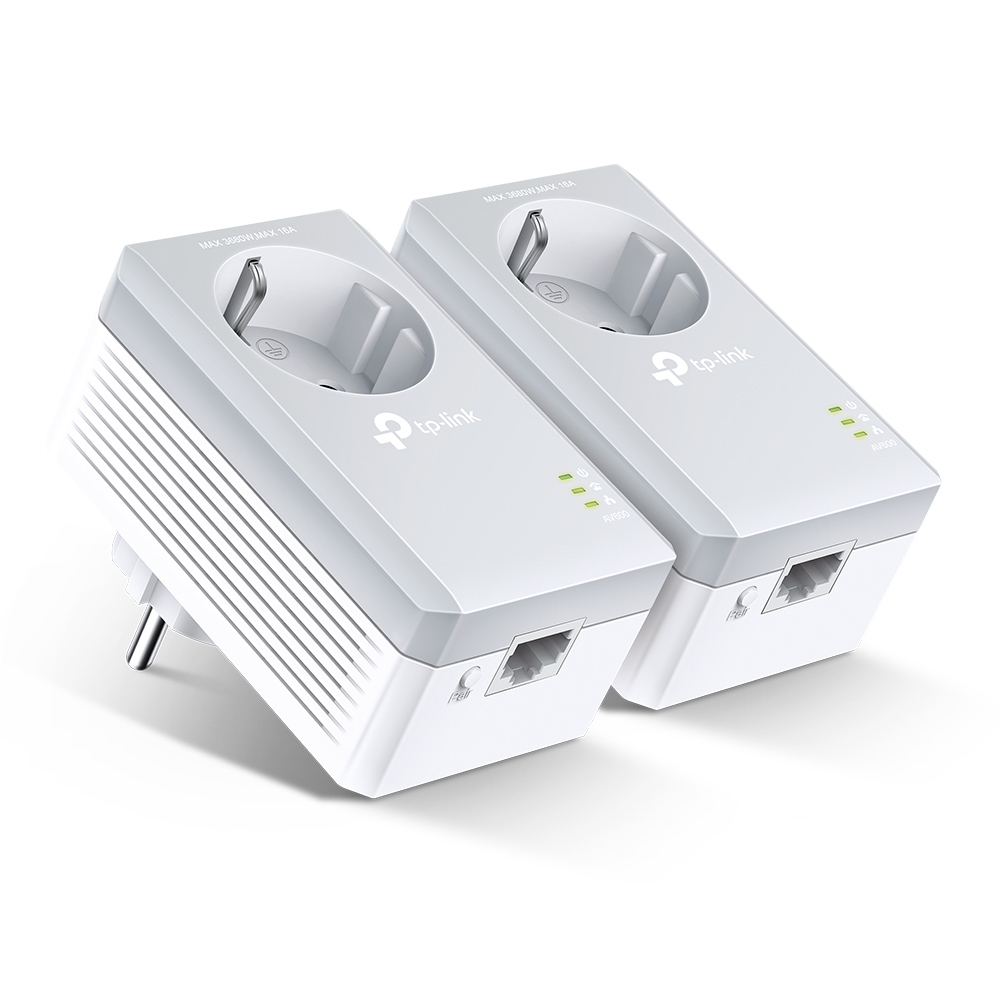I hadn't noticed that part in the manual. I understand that wireless connections lose signal due to all sorts of interference. That's why I would prefer connecting it through cable. But since I don't have the option to take it through the wall the cable will be hanging outside along the side of the house from one window to another. I suppose I'll have to decide on the situation. If both options are available to me then it makes things easier.
I'm worried about the IP settings like the guy too since my ISP has static IP instead of dynamic.
I
am looking at a TP LinK router to replace the Netgear one. But the problem is that since the D1500 is a modem/router that I'm using with a DSL connection I only get one LAN and the other one is being used as a WAN port. So even if I get a router to use as an AP I won't be able to connect it with D1500 because I'm connected to my PC via LAN. The only solution then would be to connect the AC router (which would be in a different room) with the D1500 via LAN and then connect the PC to the AC router via LAN. That just sounds more hassle and cable than necessary.
Also, powerline adapters are not available in my country.
I'm quite illiterate when it comes to networking so forgive my mistake.
I found this
article explaining how to turn the router into an AP. Seems easy to follow.
I actually do have a Netgear repeater too. The WN3000RP-200INS. But it doesn't connect so well with the WiFi of the router. They are not only nearly on the farthest ends of the house but on different floors too. Its link is almost always on orange and red and rarely on the green. Pretty much defeats the purpose of it.



